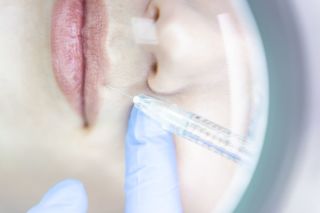
You might consider dissolving your fillers if you’re experiencing:
What to expect:
You might be a good candidate for filler reversal if:
Remember: dissolving doesn’t mean abandoning filler forever. In many cases, we refine and rebuild the treatment plan to achieve a more harmonious, natural result.
Dissolving HA fillers is very safe when performed by a trained provider. However, some people may have temporary swelling, bruising, or mild discomfort. It’s also important to work with a provider who understands facial anatomy, as dissolving in the wrong place can lead to volume irregularities.
At The Centre, we take a conservative, expert-guided approach to ensure you get the most aesthetically pleasing result—whether that means dissolving, replacing, or refining.
If you’re not quite ready to dissolve everything, consider:

Whether you’re rethinking your look or simply want to feel more like yourself, dissolving your fillers can be a powerful step toward a refreshed, confident appearance.
Schedule a consultation today to discuss your options with a trusted aesthetic expert.
Schedule an appointment with The Centre for Cosmetic Surgery to discuss your cosmetic needs. We will help you to develop a customized cosmetic plan to give you the results that you desire.